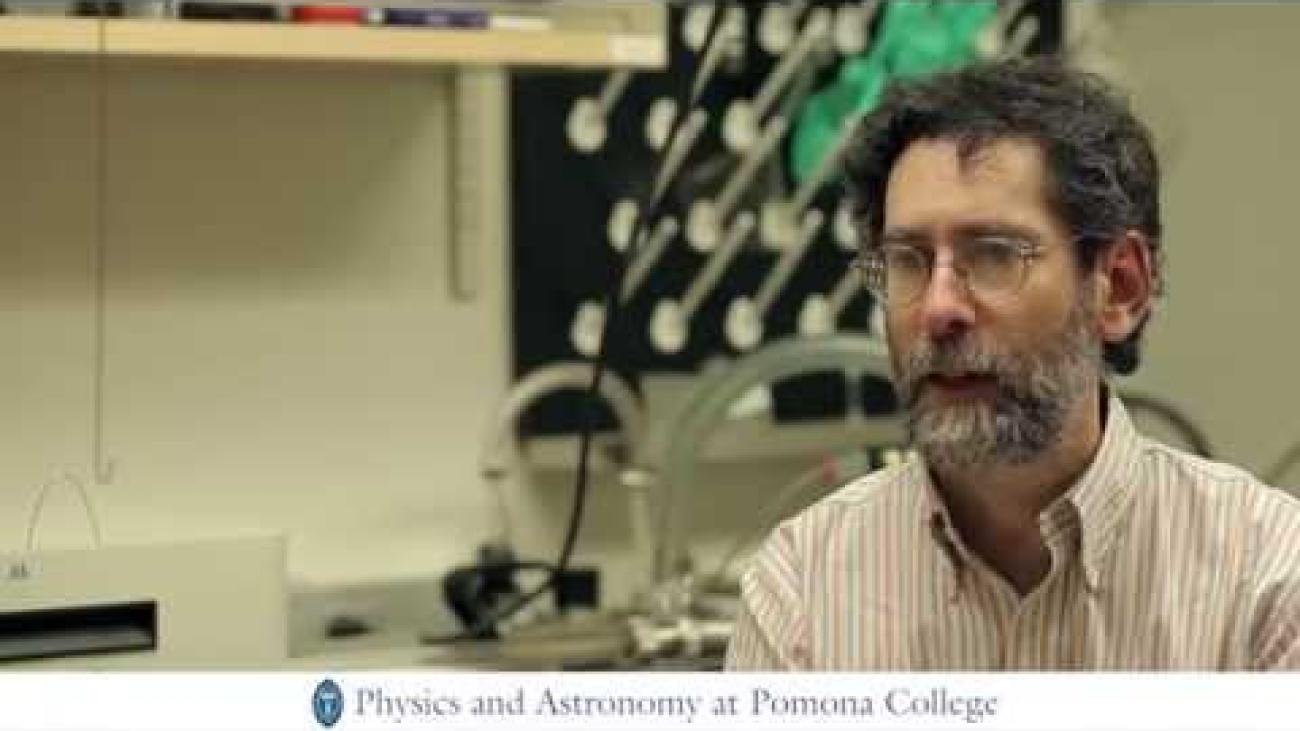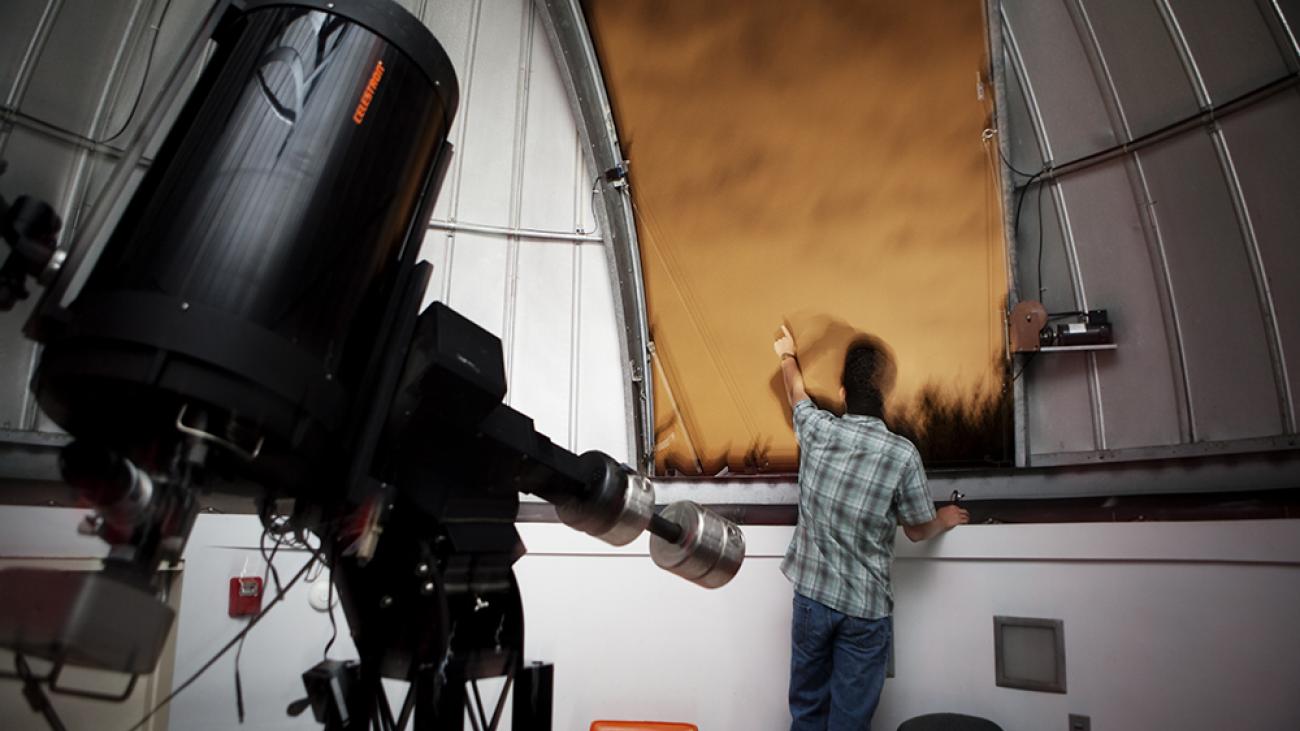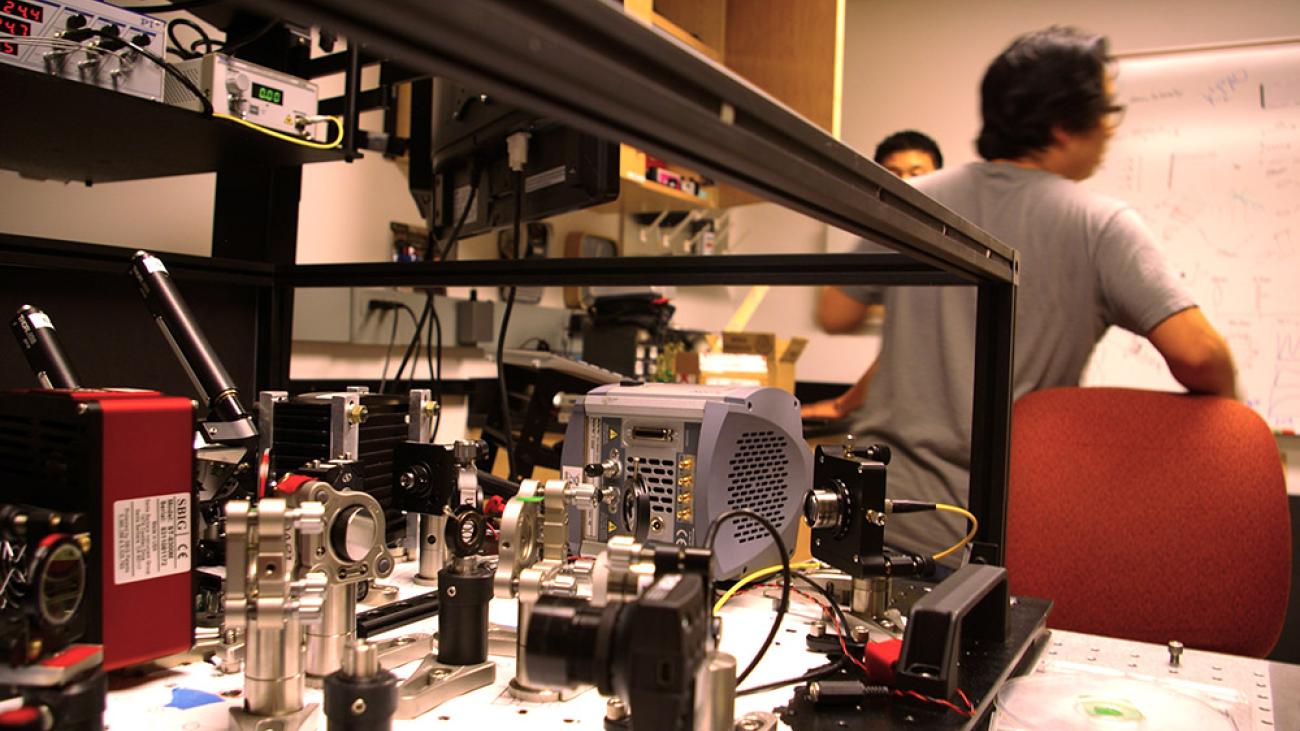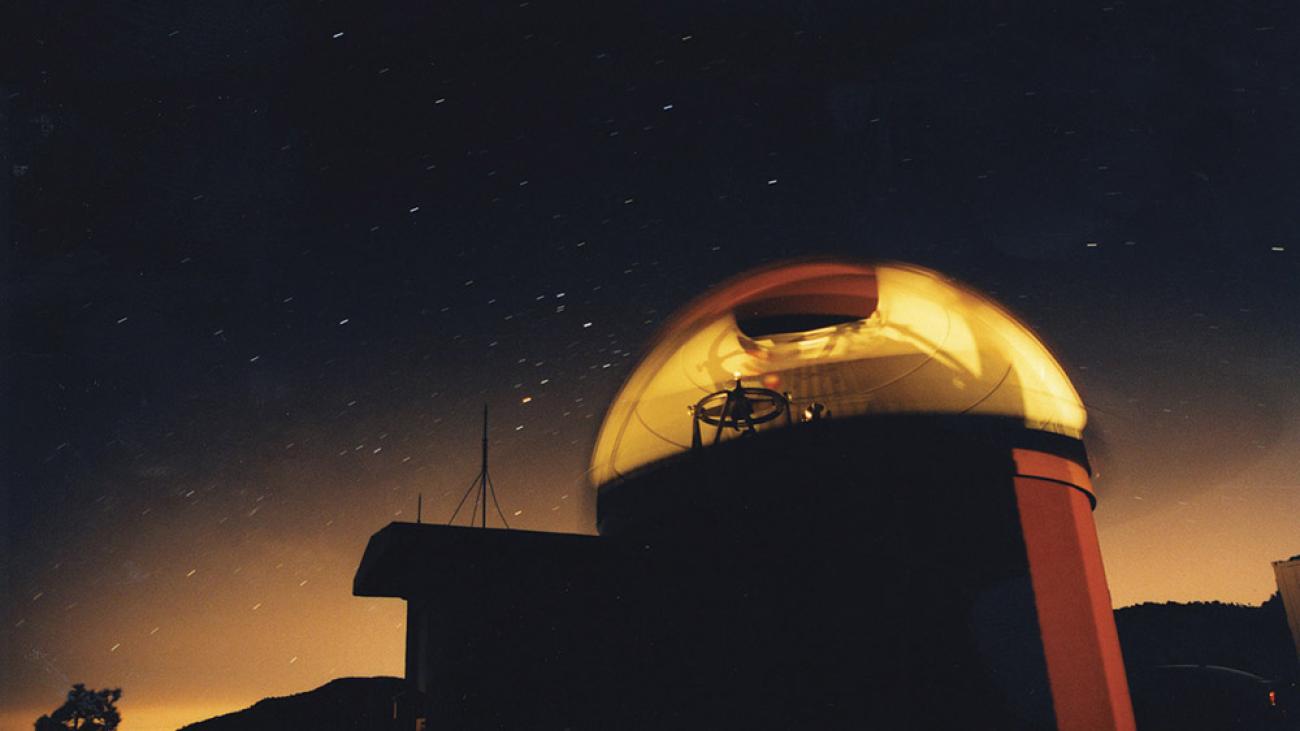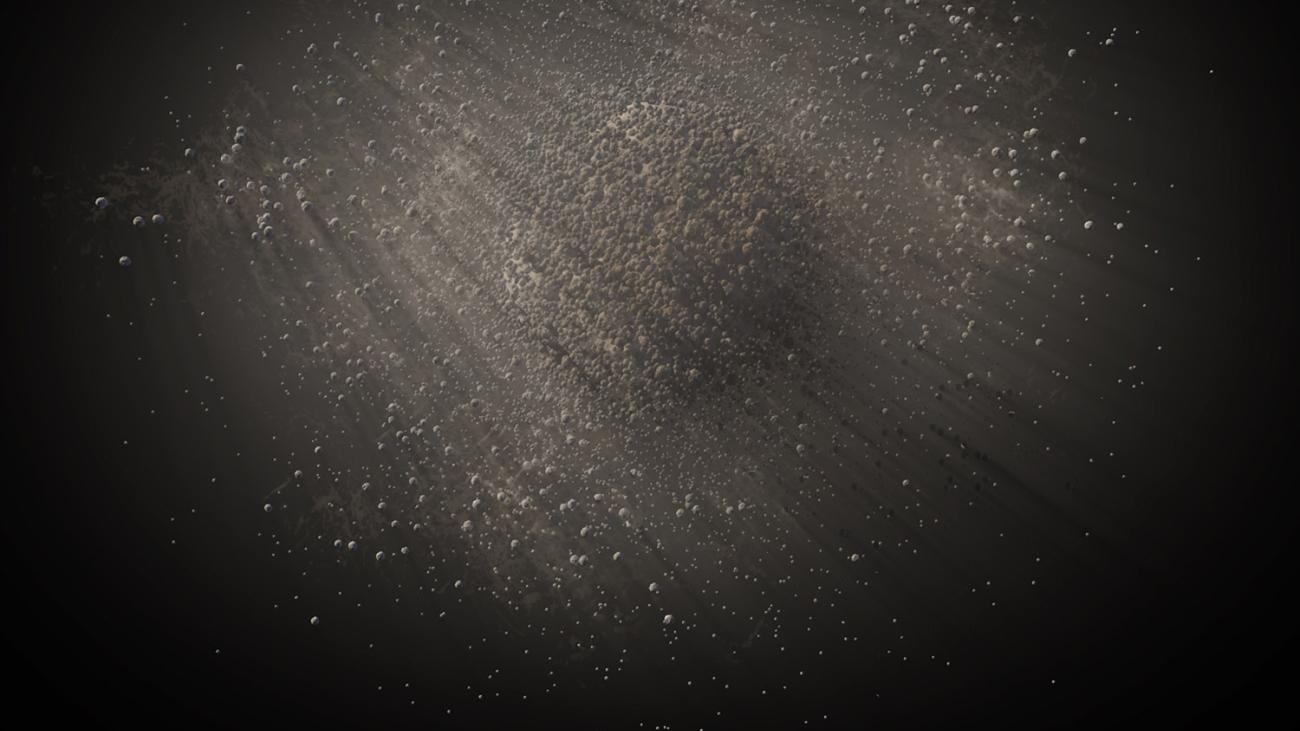Learn about planetary astronomy, stellar astrophysics, cosmology and the origins of the universe with opportunities for hands-on research and collaboration.
Astronomy, offered via three Physics Major tracks in the Physics and Astronomy Department and in collaboration with Harvey Mudd College, gives students tools to explore the universe.
Our unparalleled facilities include a mountain-top one-meter telescope, an on-campus observatory, a digital planetarium and an adaptive optics research laboratory.
You’ll have opportunities to do research on campus and at top astronomy facilities such as Caltech and the Carnegie observatories.
Majors earn a B.A. in physics with an astronomy, astrophysics, or Earth, planetary and space sciences track. A minor is also available.
A thesis is required and independent research encouraged, usually in conjunction with faculty research. Recent projects include monitoring active galactic nuclei, quasar absorption line spectroscopy and telescope instrument design.
What You’ll Study
- Exciting stellar, galactic and cosmic events
- The history of the universe
- Astrophysics and celestial mechanics
- How to design and build astronomical instruments
- Experimental and data analysis techniques
